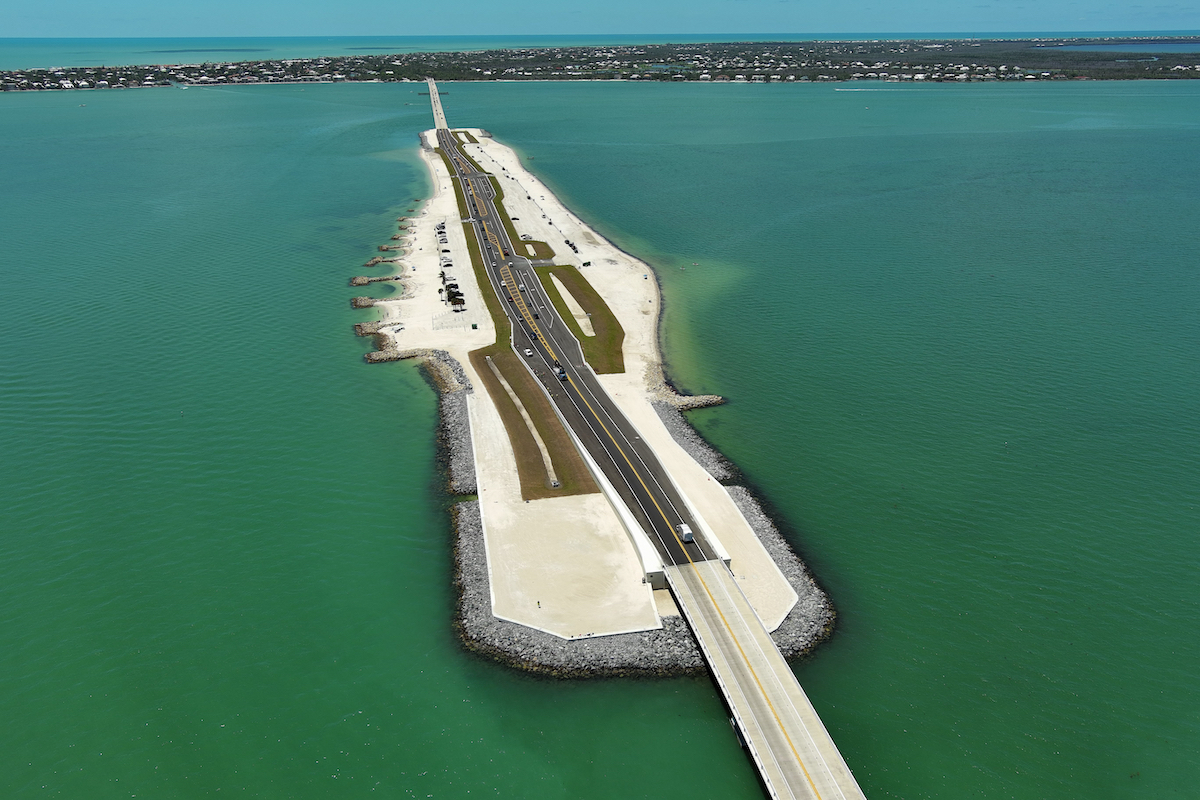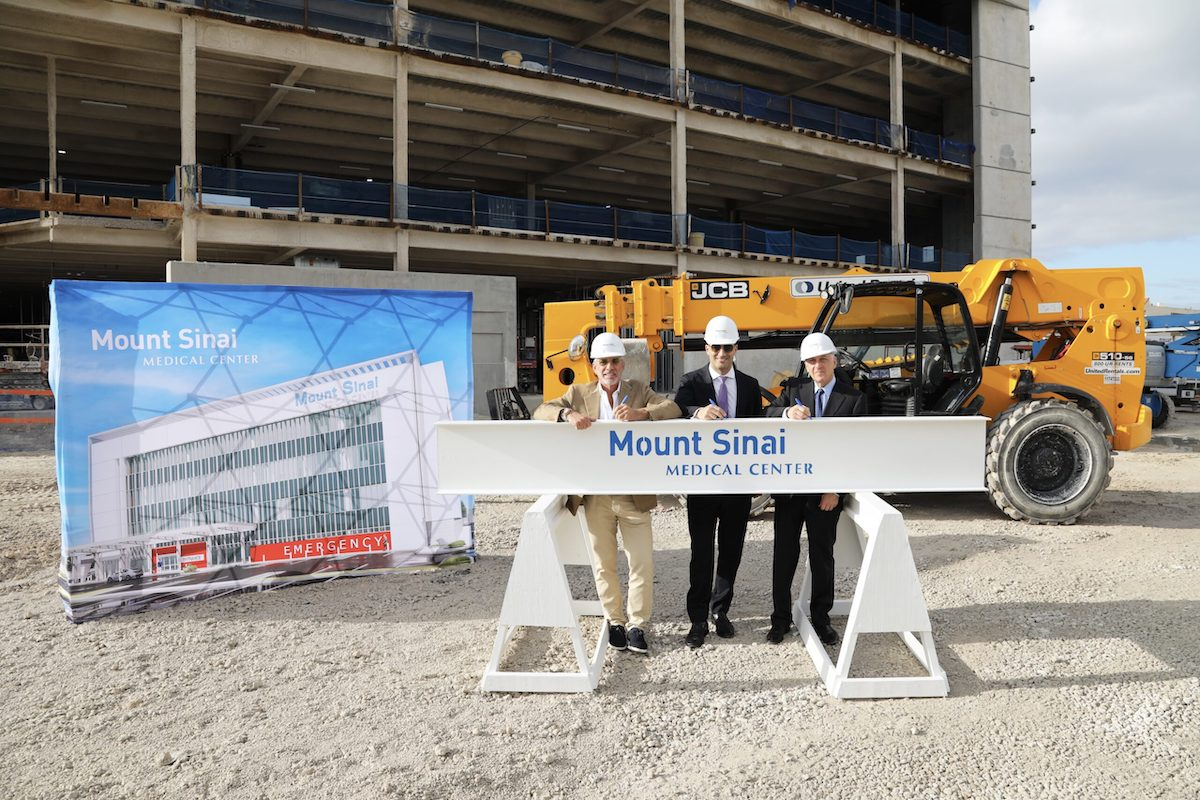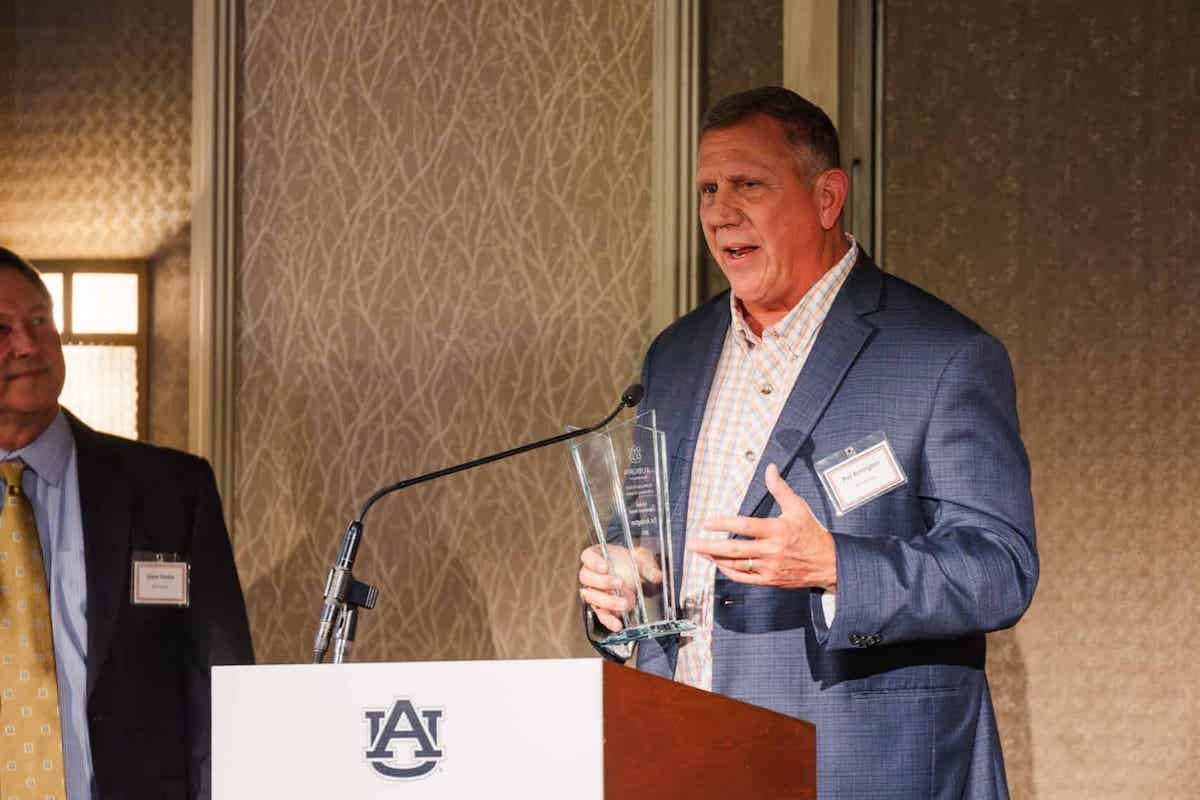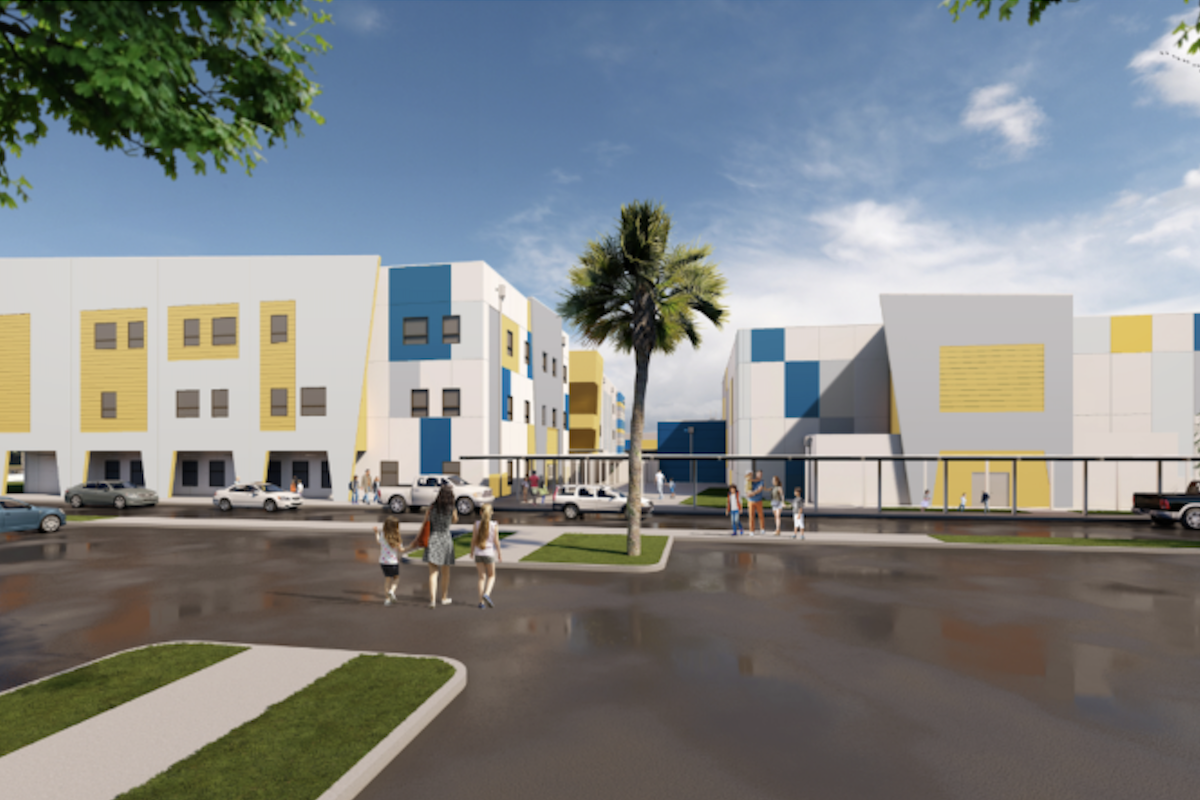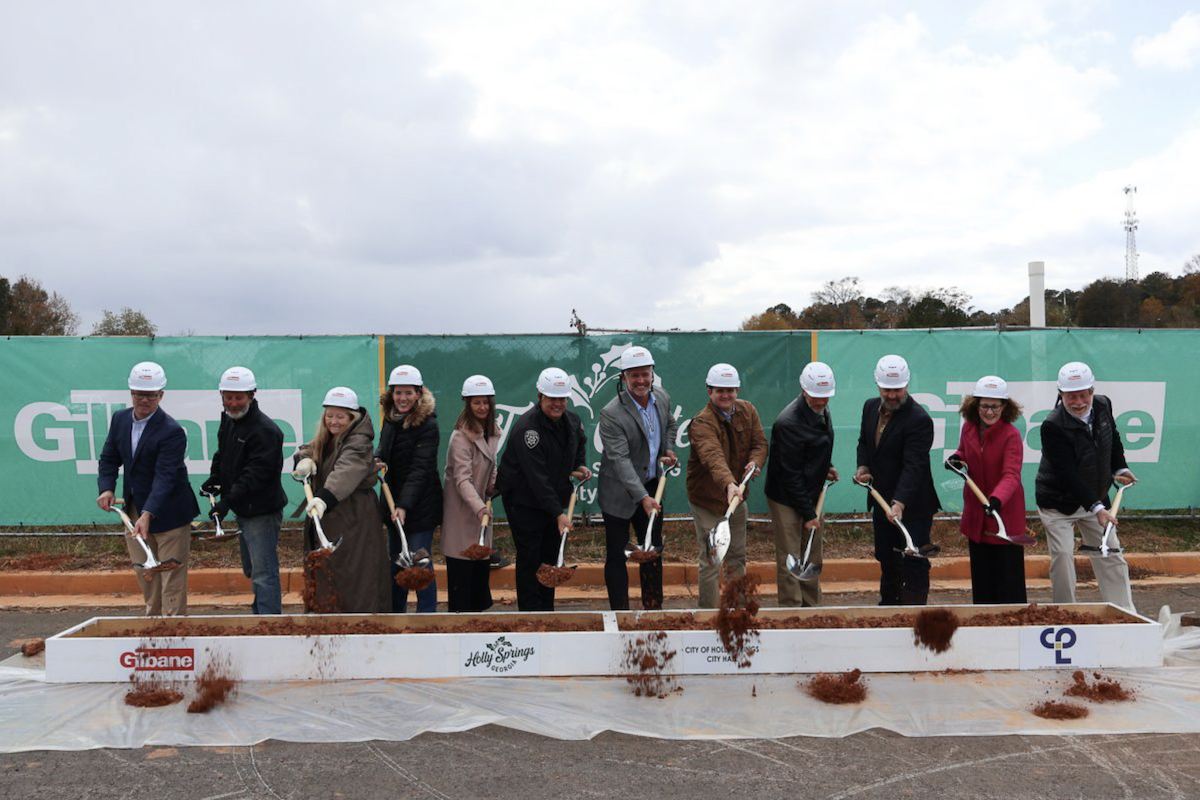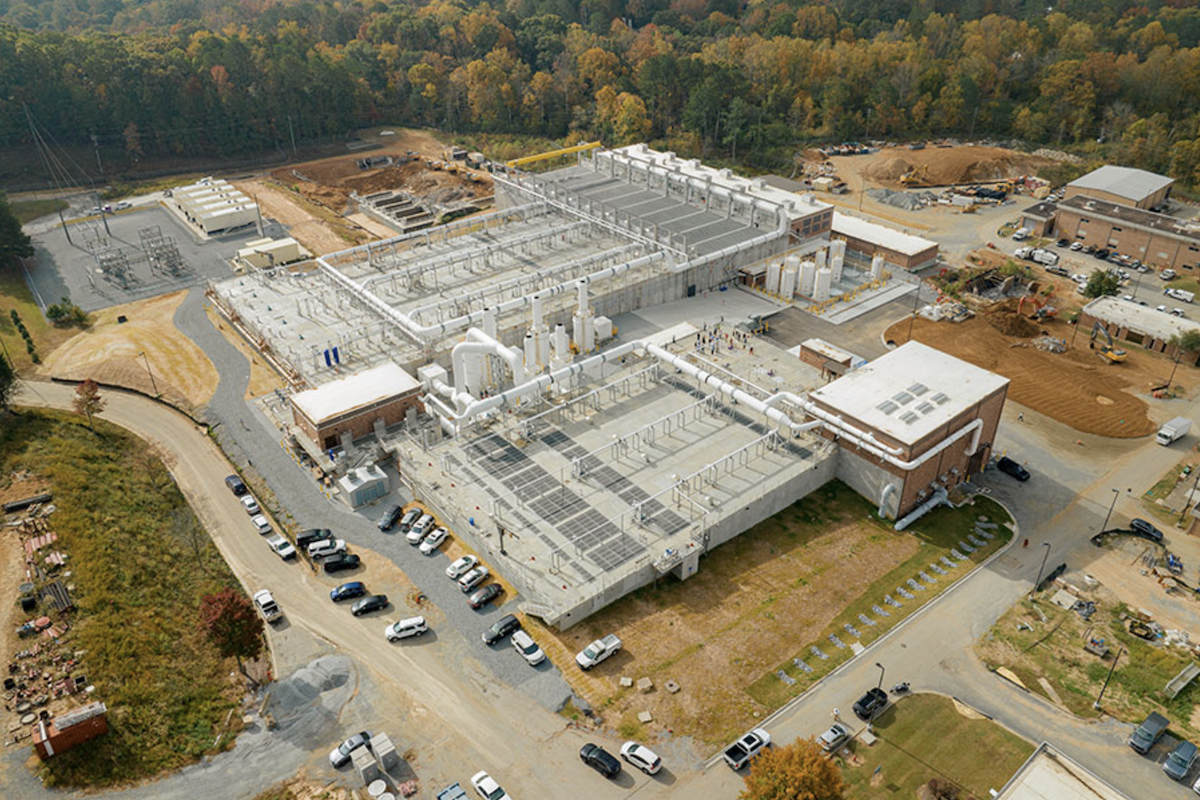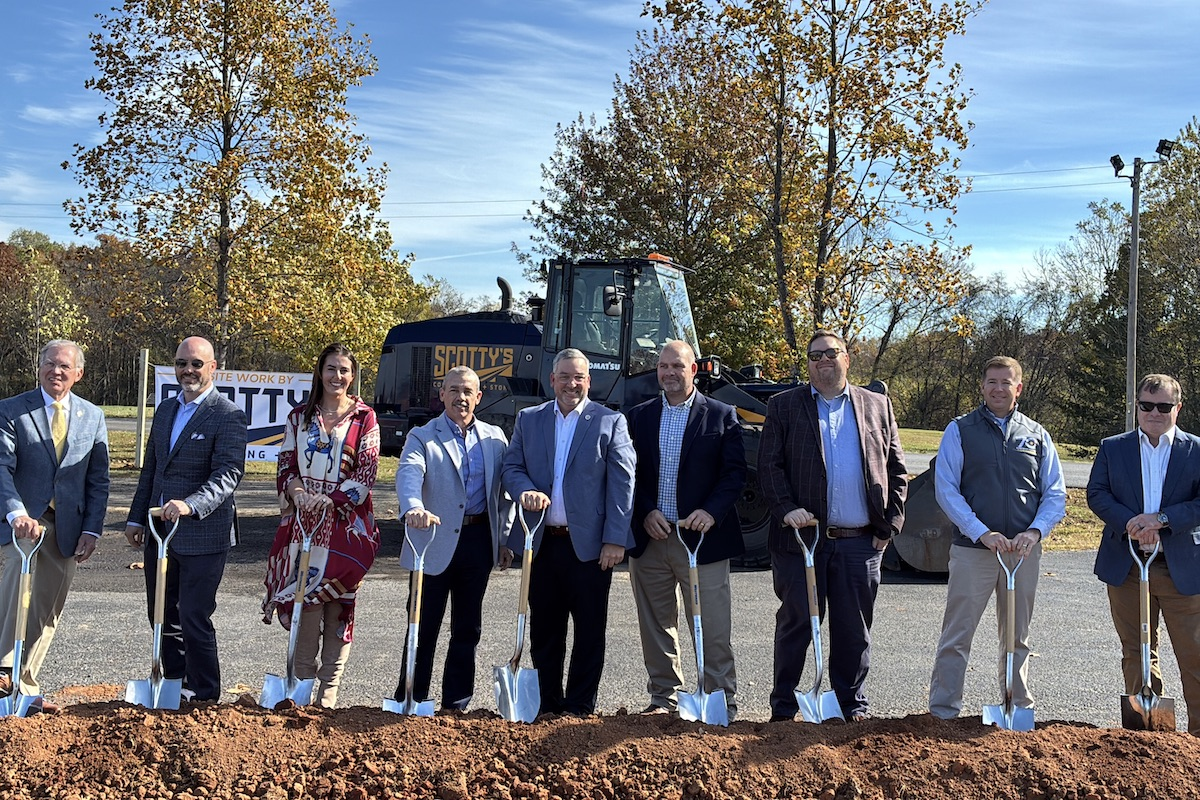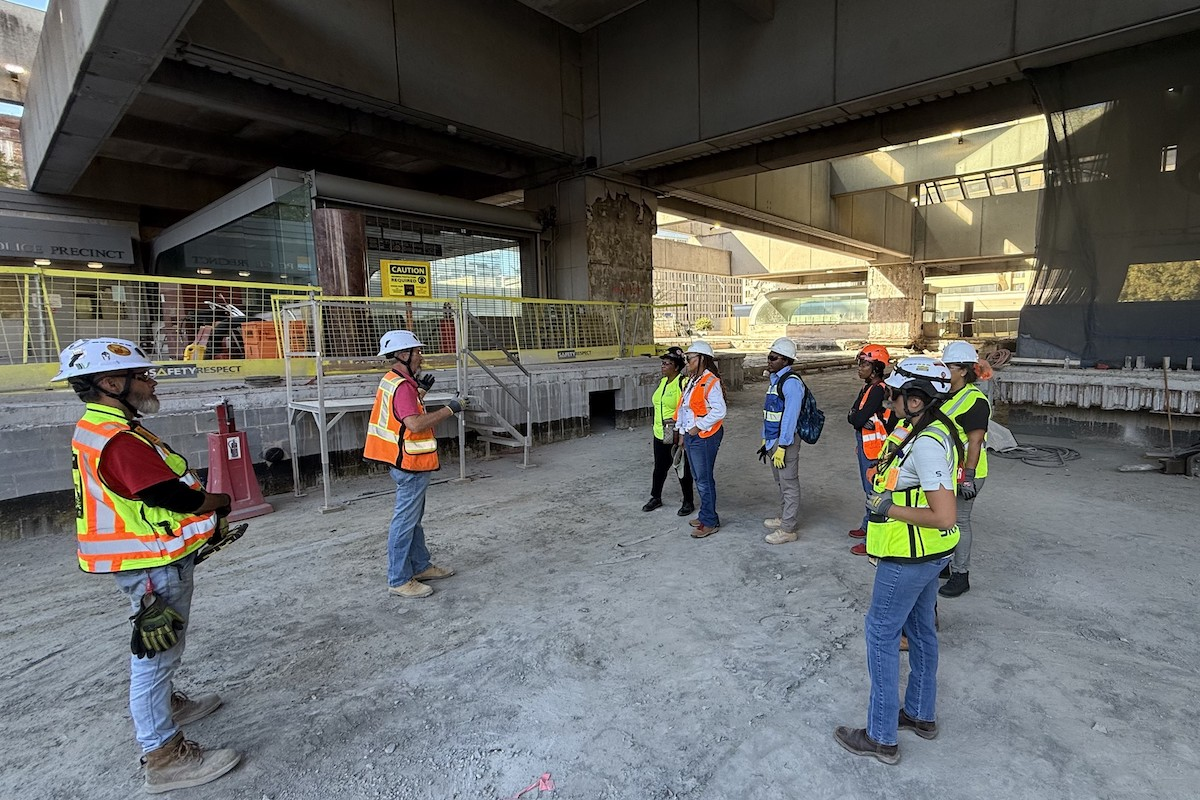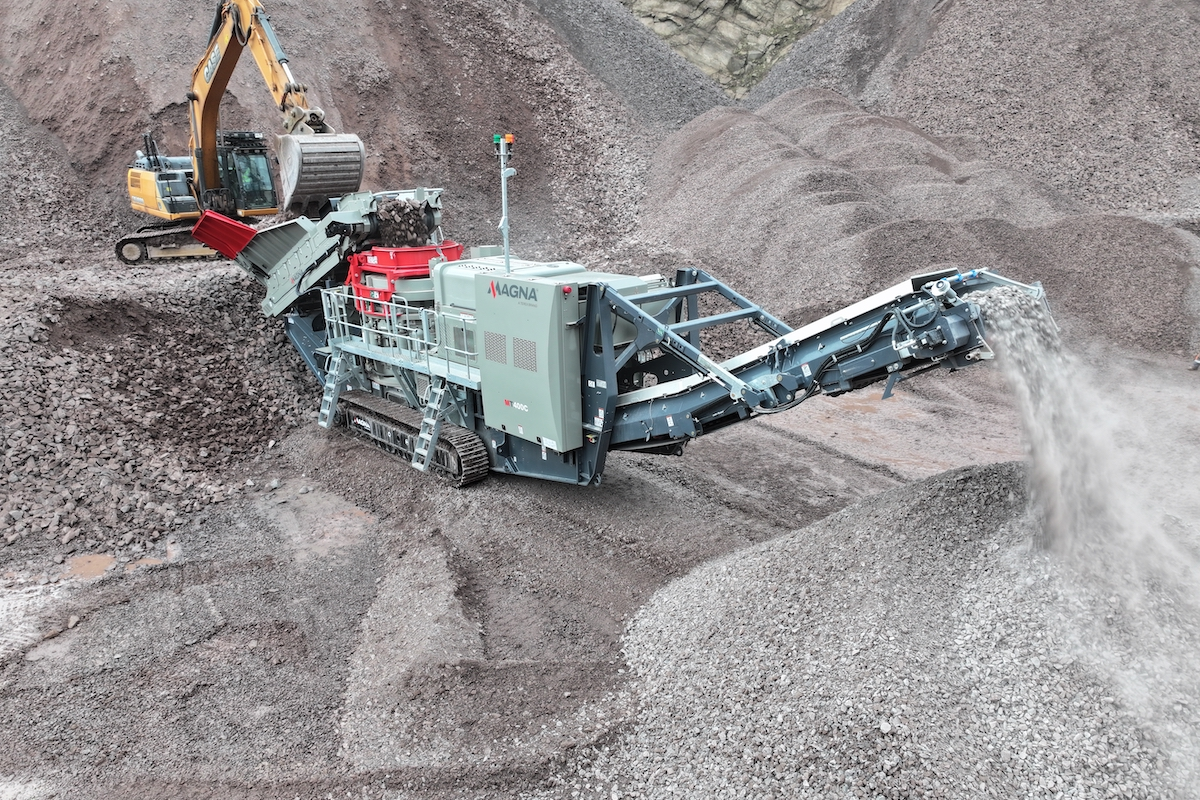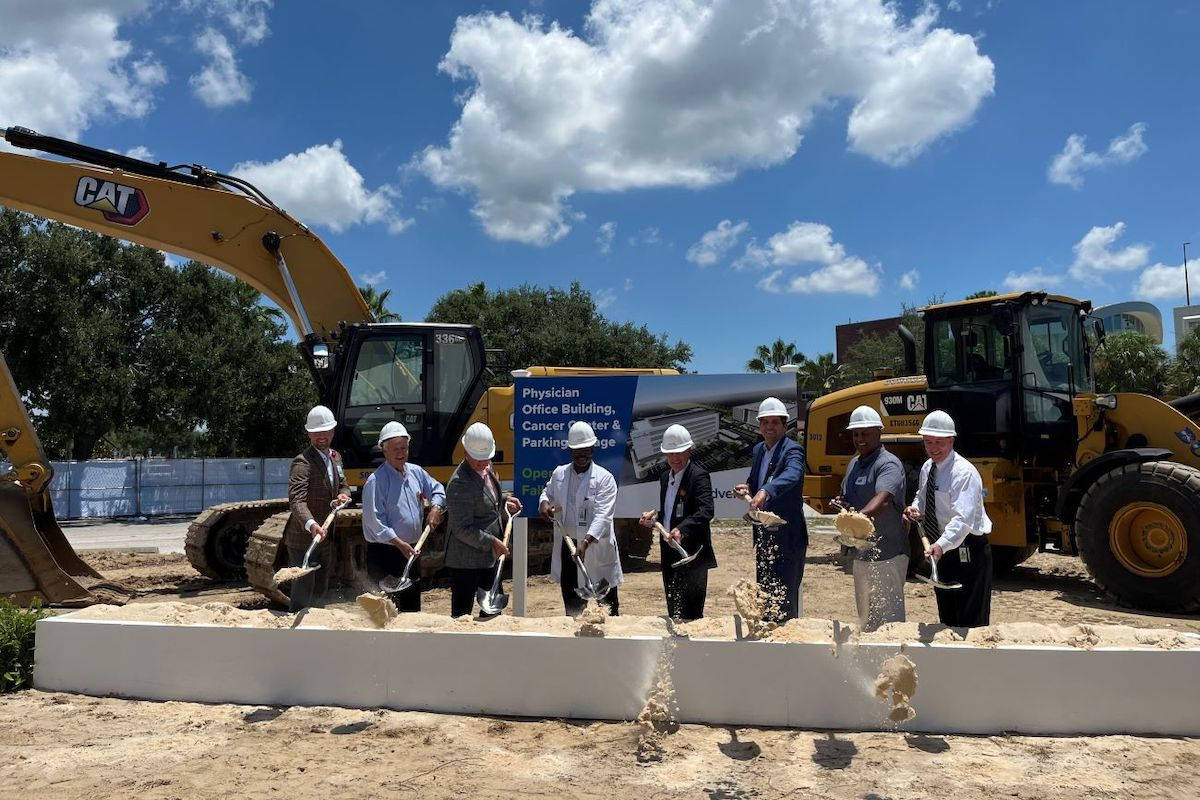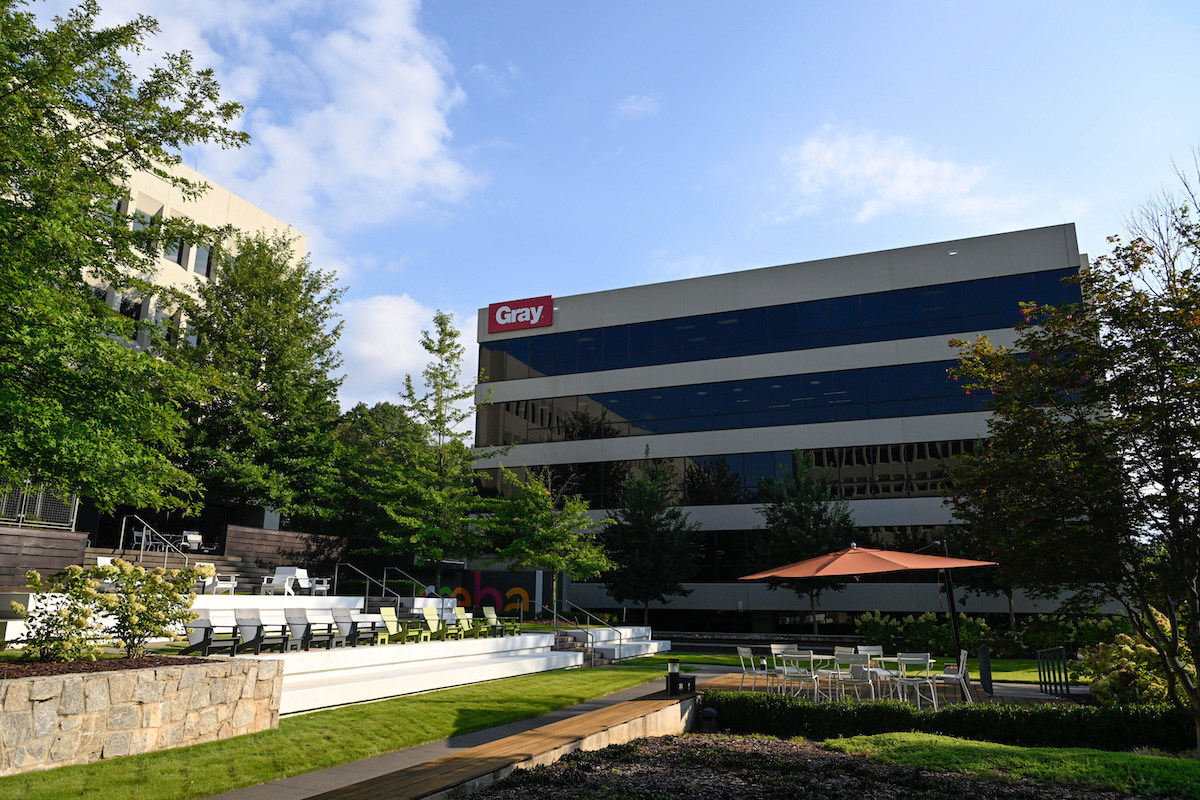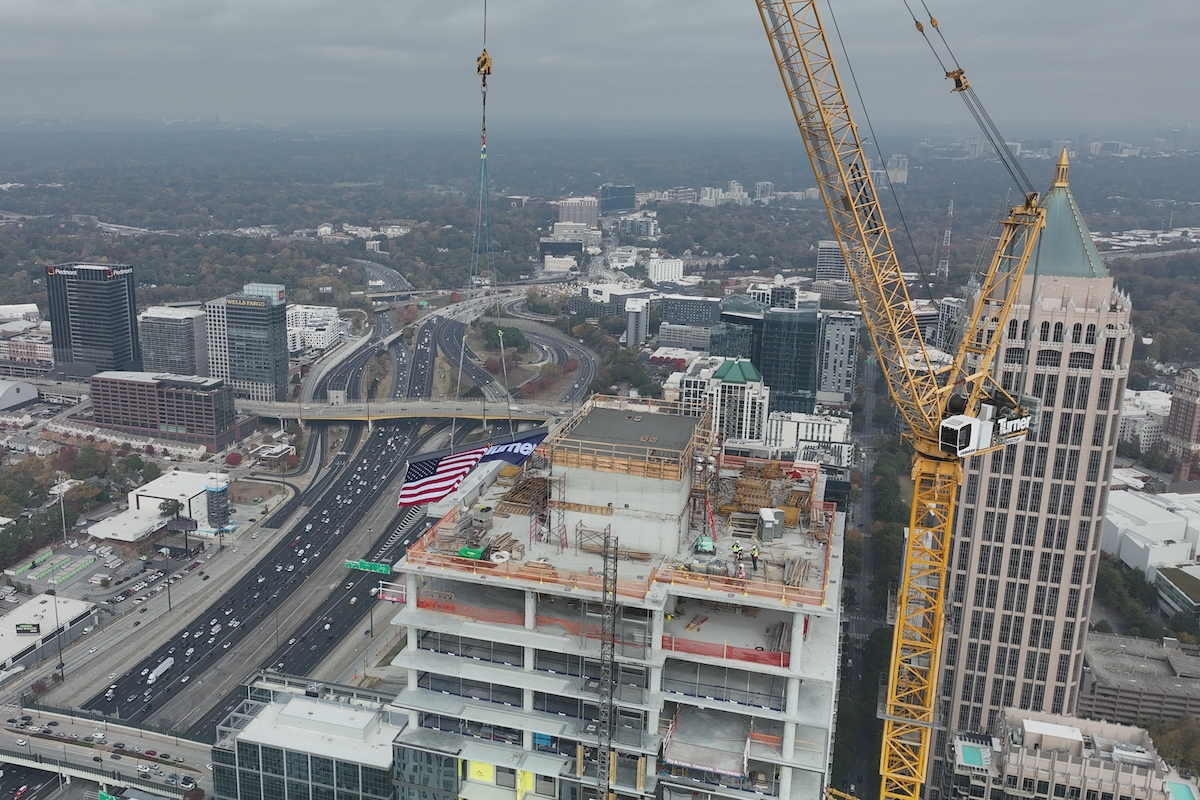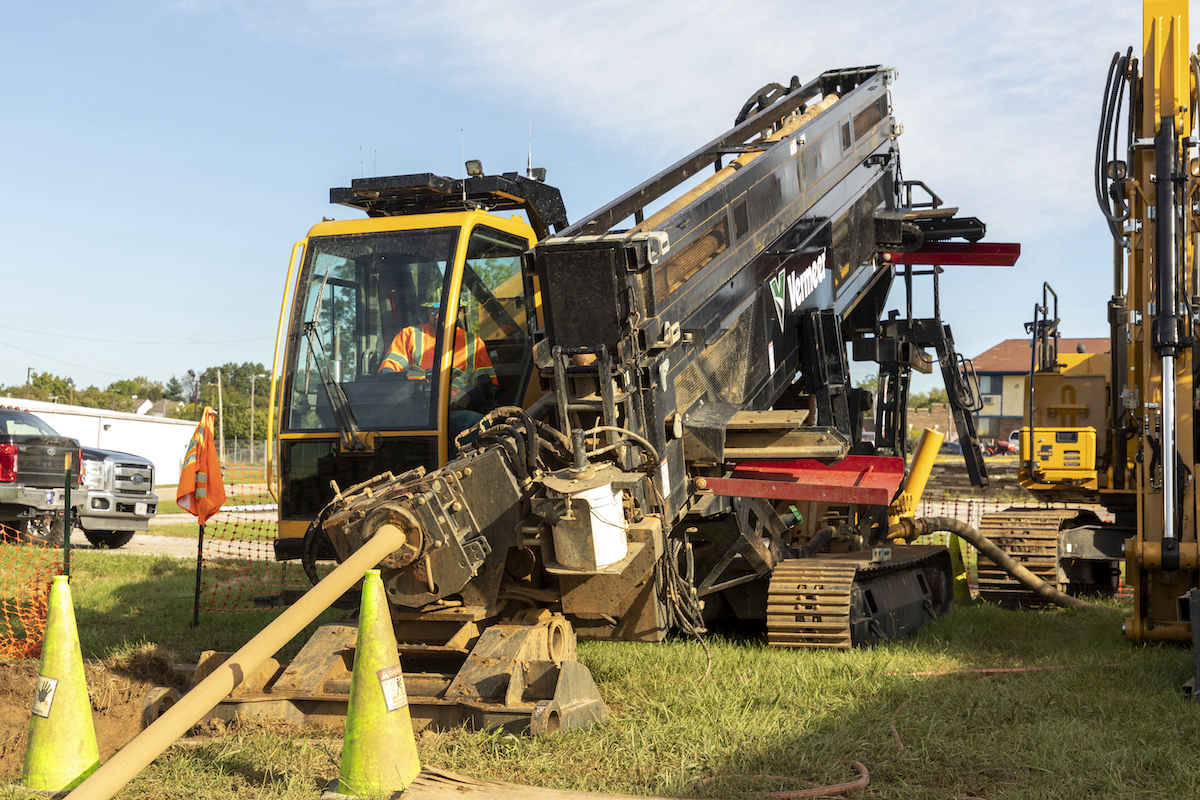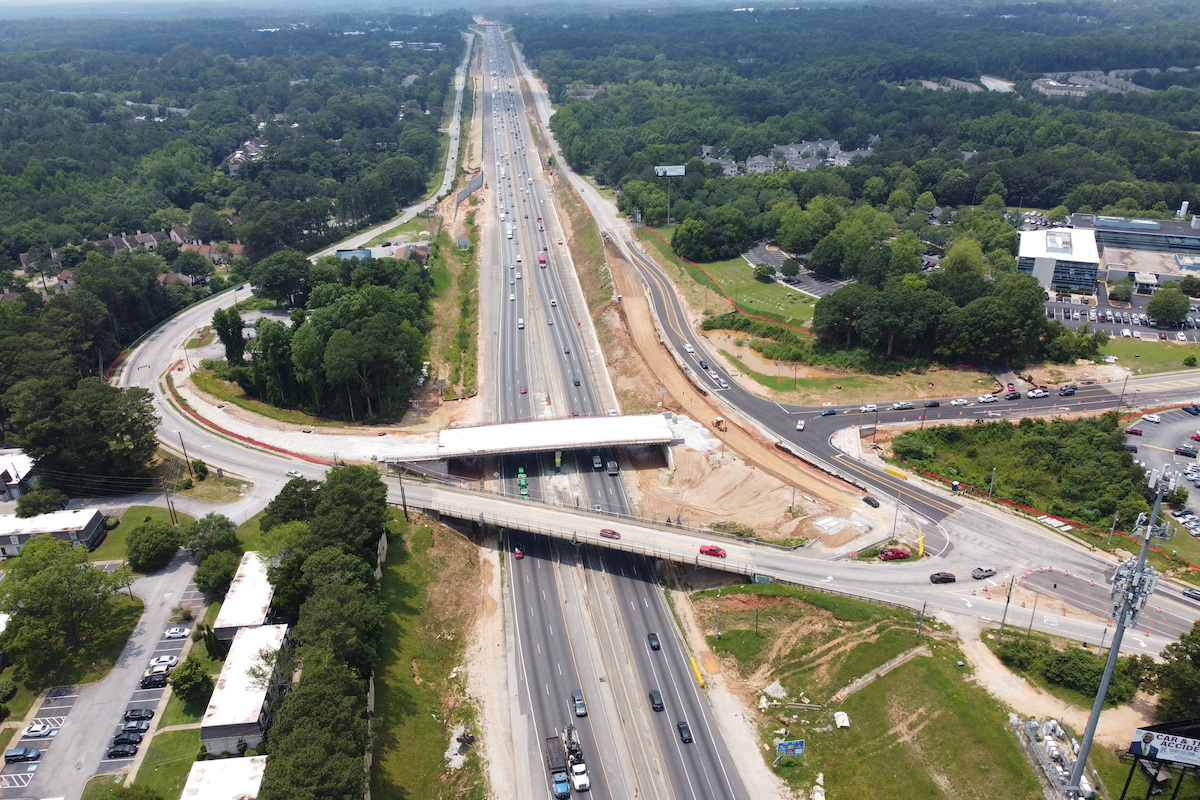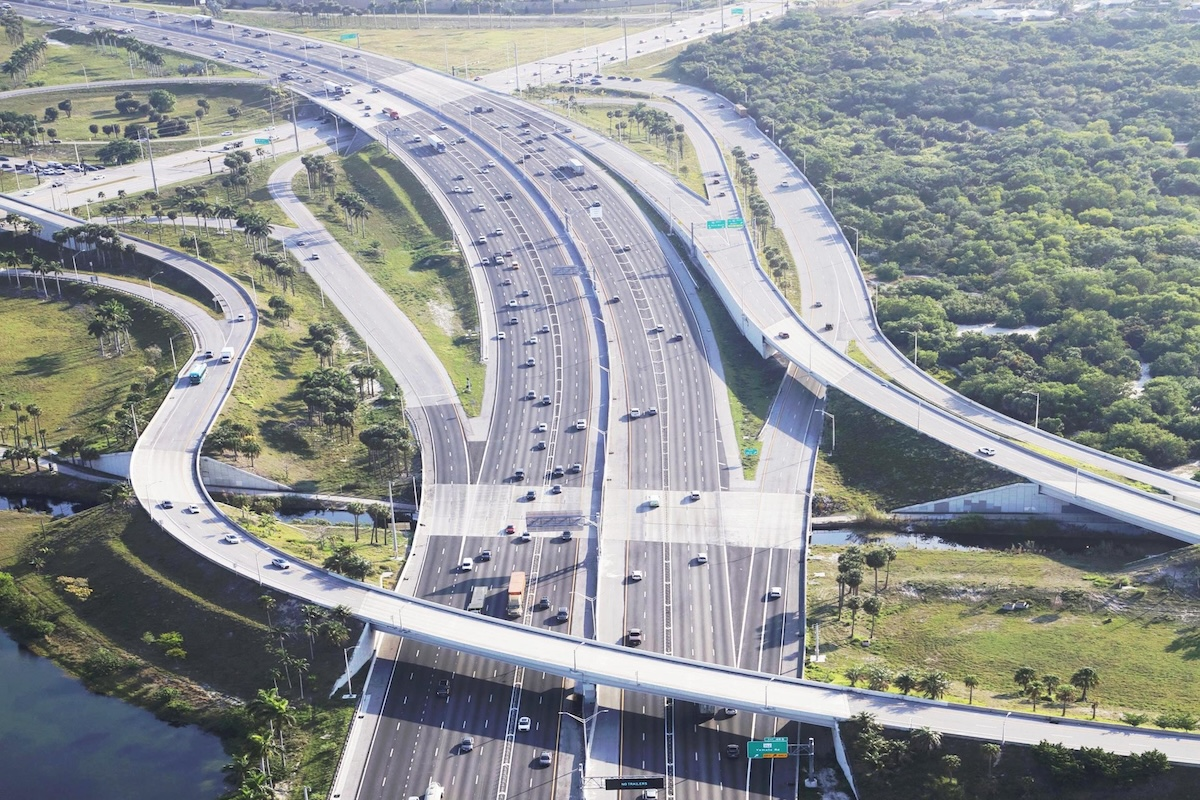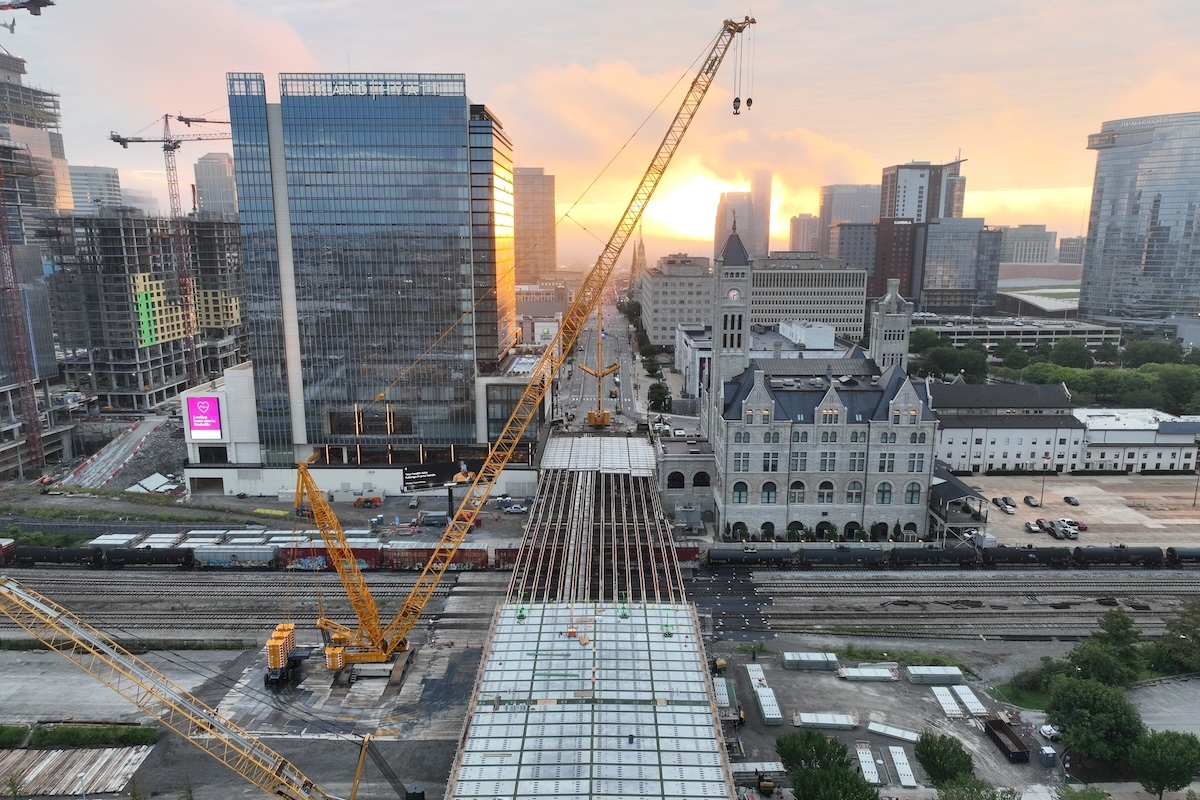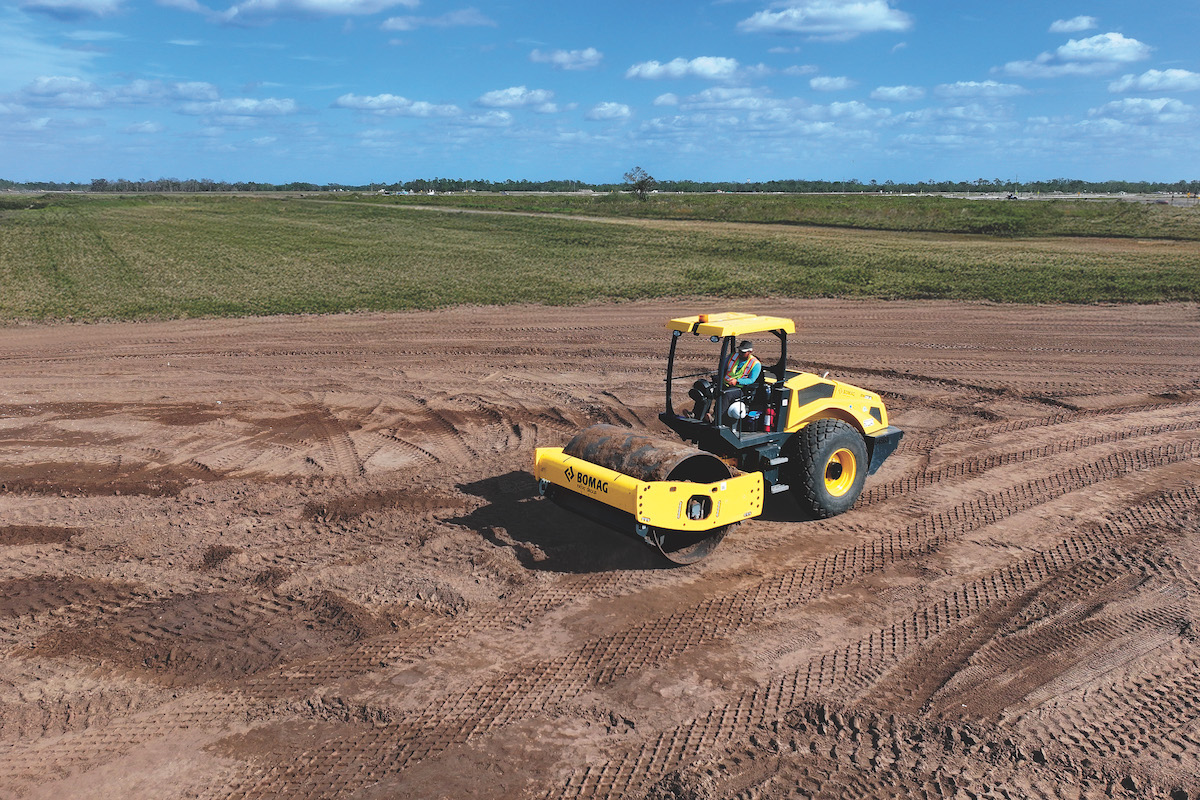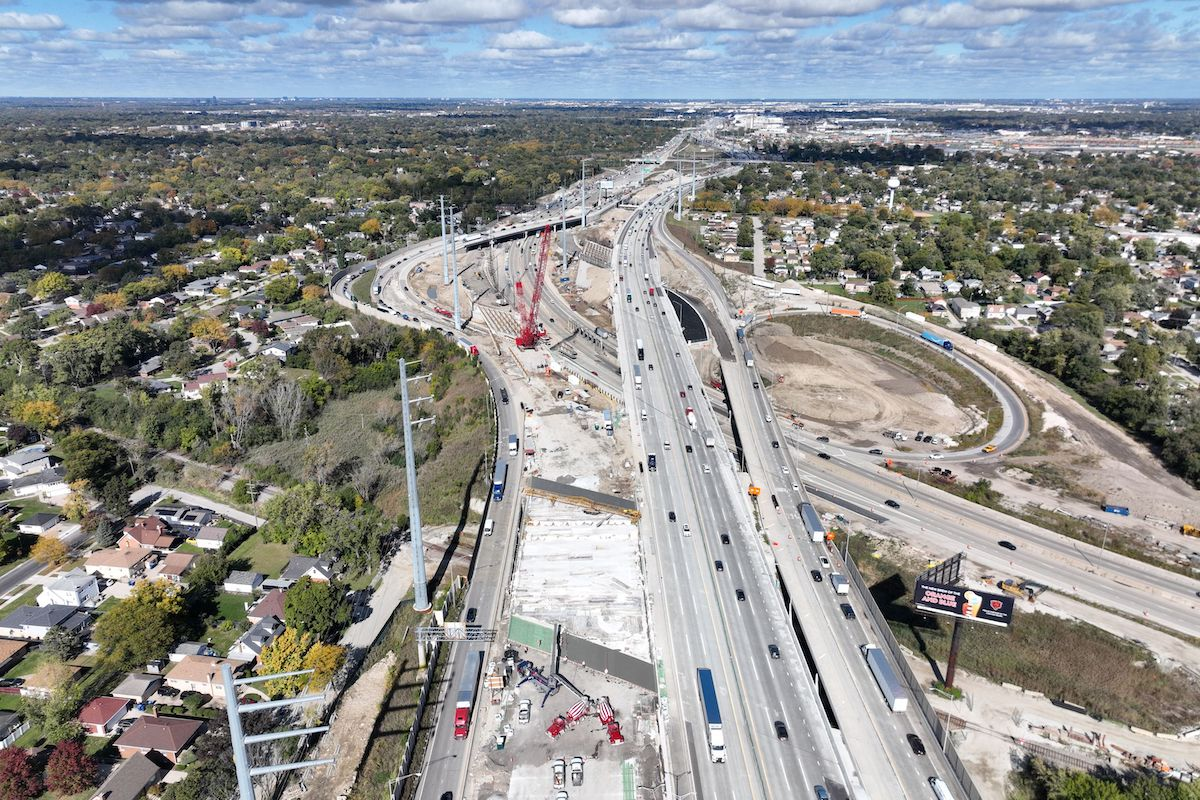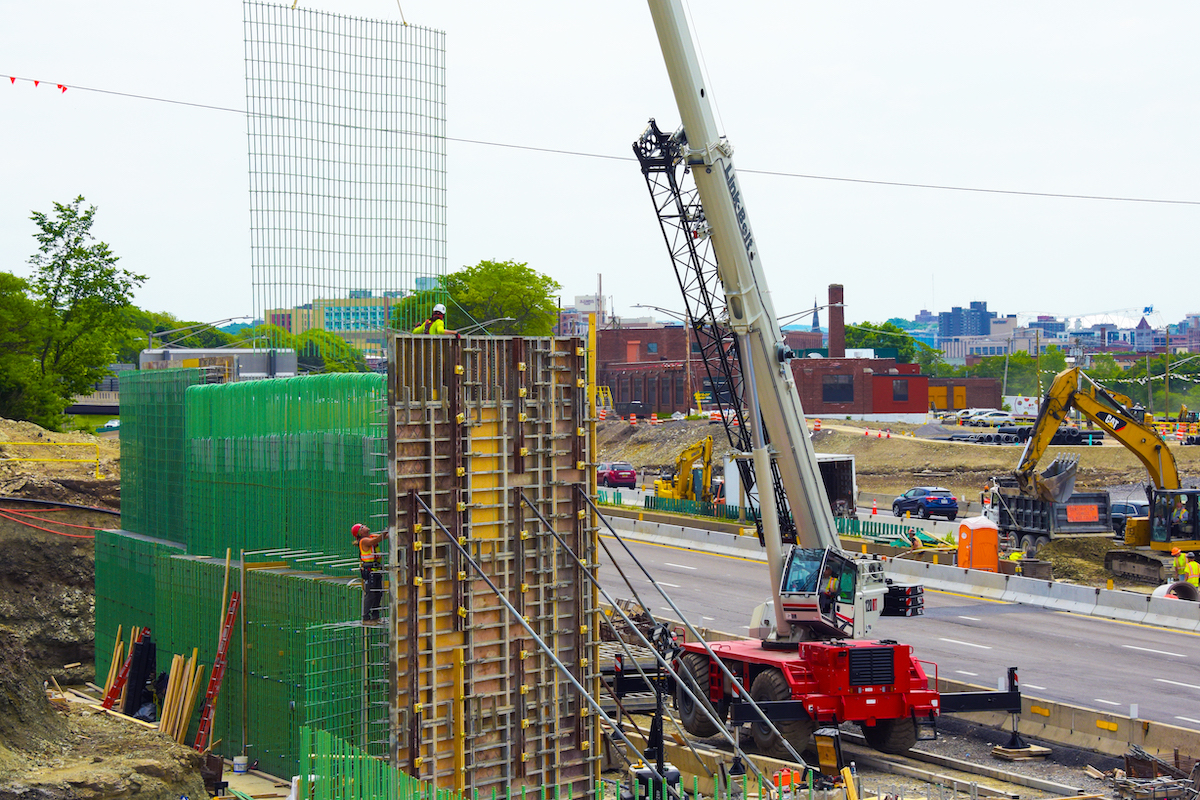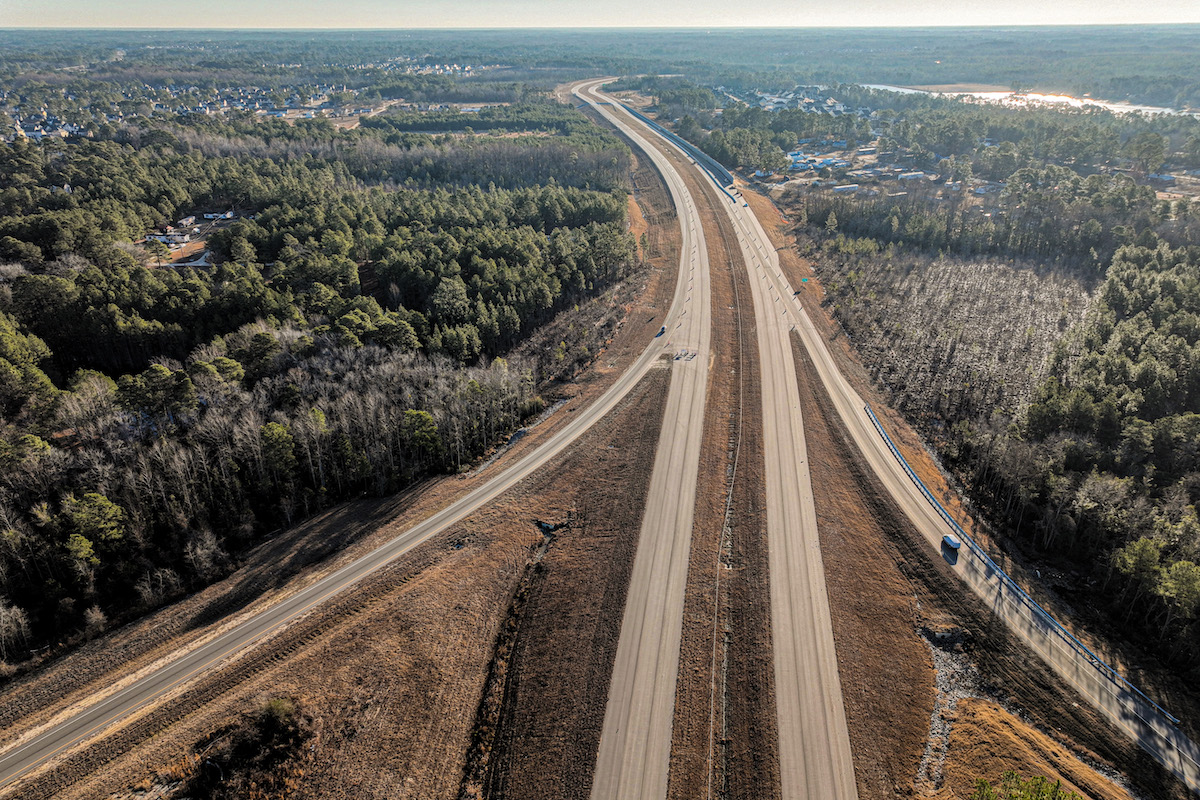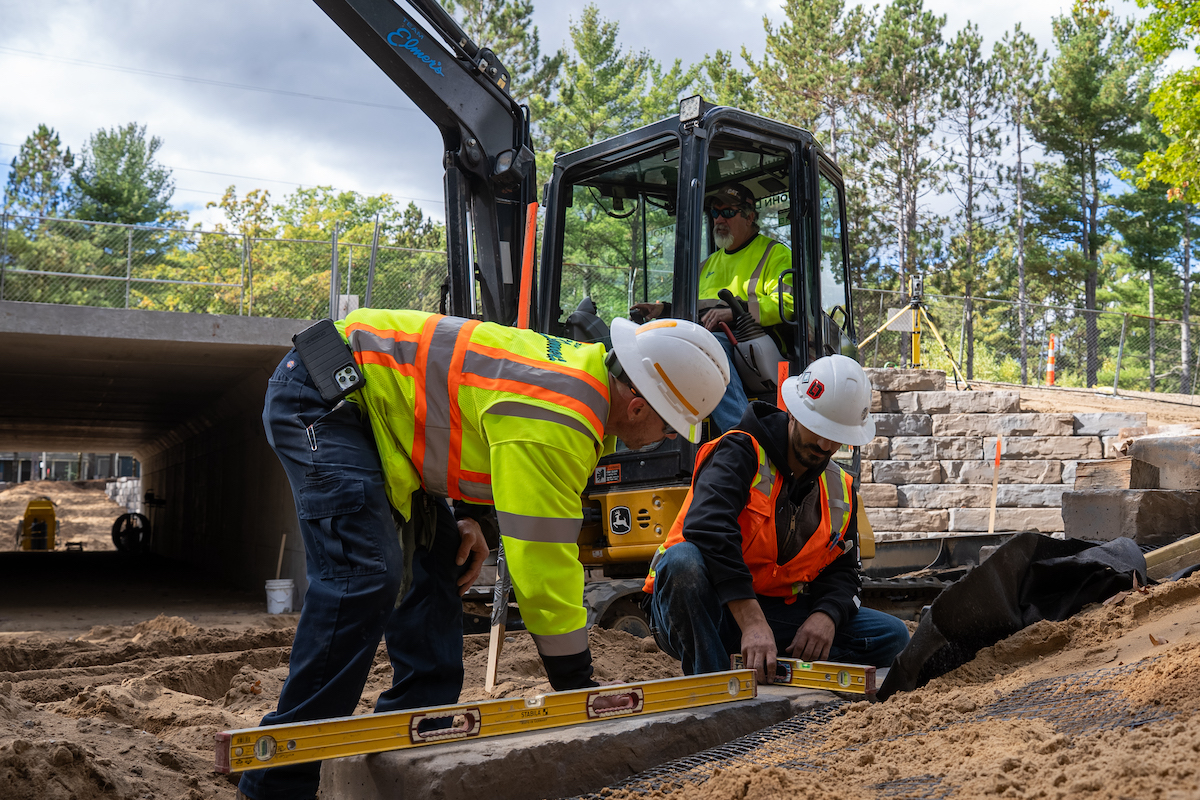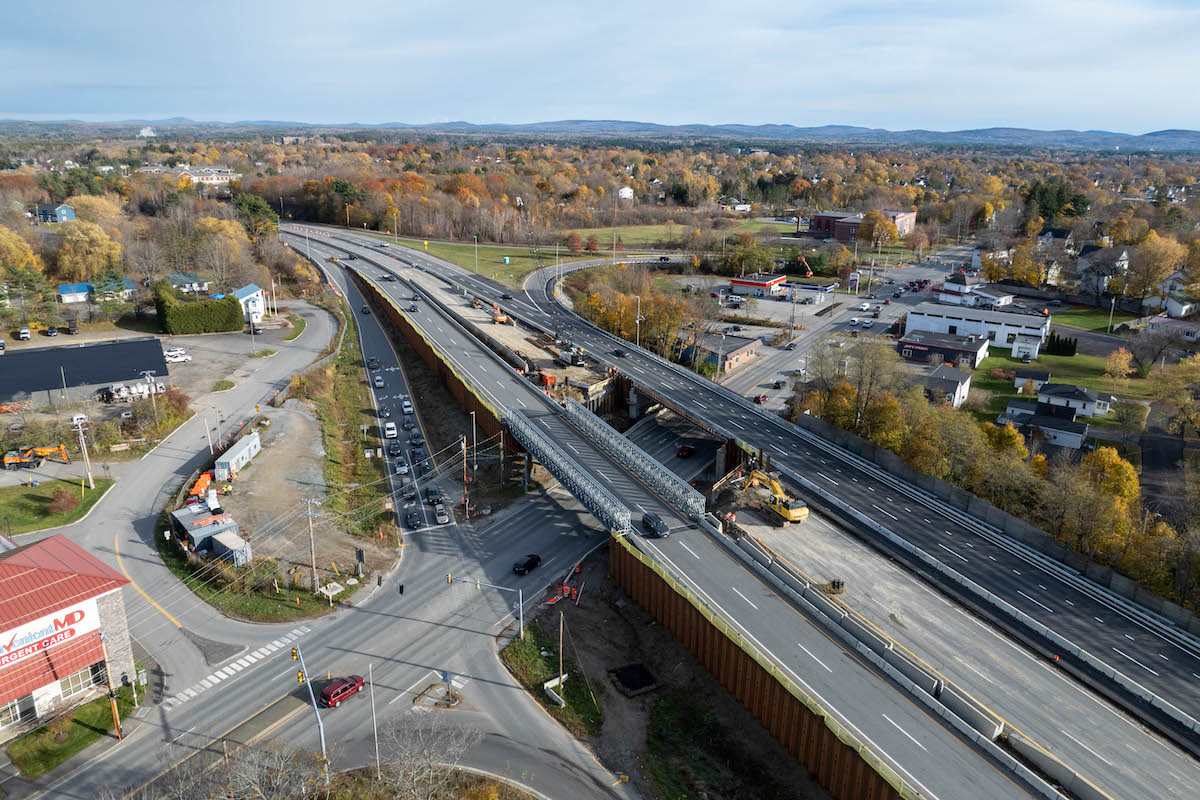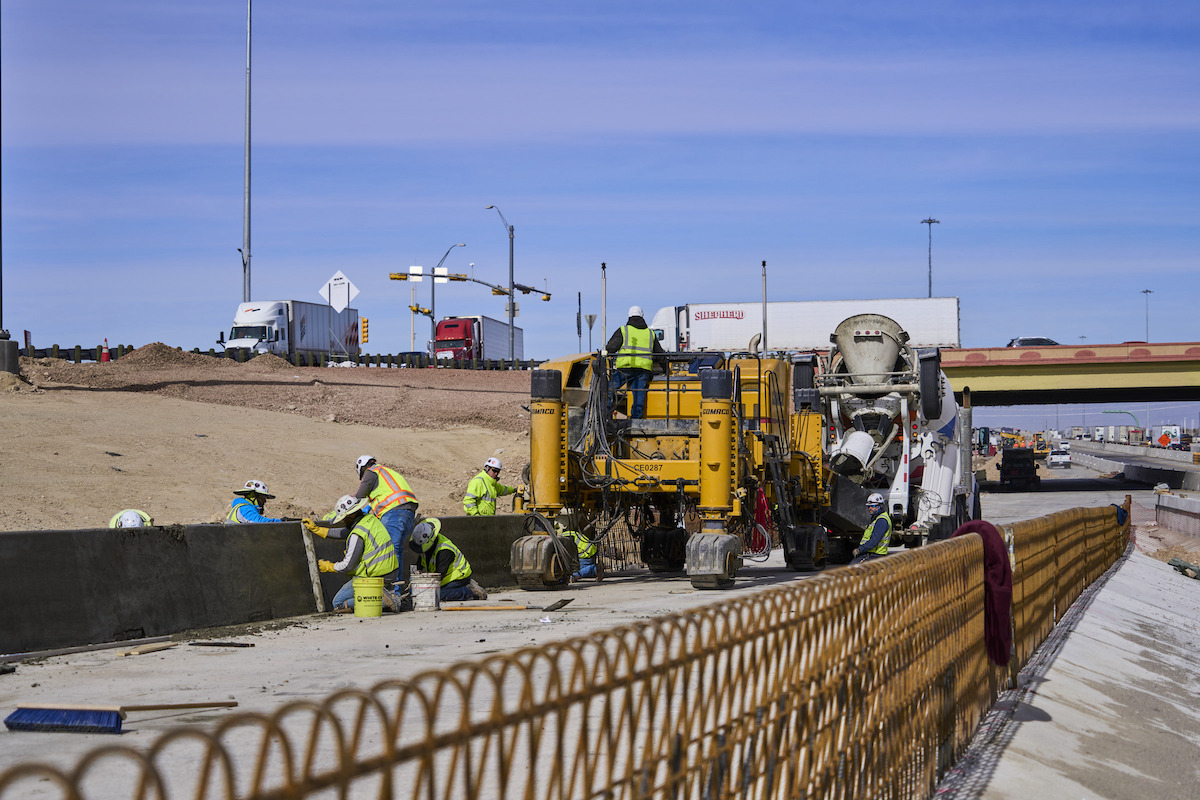The new Arkansas River Bridge is a primary component of the 30 Crossing Project, which is the Arkansas Department of Transportation's (ArDOT) largest ever. The $633 million first phase of what will eventually be a multi-phase project, will ease congestion and reduce travel times in one of the most heavily utilized corridors in the state. This phase encompasses the Arkansas River bridge replacement and multiple other improvements meant to address roadway deterioration associated with constant heavy traffic along I-30.
The old bridge had three lanes in each direction. When both new bridges are complete, there will be three through lanes in each direction, two collector/distributor lanes in each direction and an auxiliary lane in each direction – to aid in weaving and merging decisions for traffic getting onto the bridge. With this total of 12 lanes, and full width shoulders all around, the result will be a safer, more efficient corridor through the downtown Little Rock area.
Keli Wylie, P.E., Alternative Project Delivery Administrator with ArDOT, comments on the importance of full width shoulders on the new bridges. “The issue with the old bridge was that there were no shoulders, which caused a huge problem when an incident occurred because cars could not pull over out of the traffic lanes. The 7-mile-long I-30 corridor was built in the late 1950s and early 1960s, and did not meet current standards. Full width shoulders are a huge safety and operational improvement; the accident rate along this stretch is about three times more than the Arkansas average.”
The I-30 Arkansas River Bridge – originally opened in 1957 – had become the most traveled bridge in the state, averaging 126,000 vehicles per day. This amount is projected to be 143,000 vehicles per day by 2045. Its replacement was considered a priority of the 30 Crossing Project due to structural fatigue, the lack of beams sharing the load of its pin and hanger assembly, and columns deemed inadequate should a seismic event occur.

| Your local Trimble Construction Division dealer |
|---|
| SITECH Mid-South |
| SITECH South |
| SITECH Tri-Rivers |
Building the new bridge also provided the opportunity to relocate bridge piers and improve the navigational path for river freight. One of the bridge's piers was inside the navigation channel, creating a hazard for the boats which carry billions of tons of goods annually on the Arkansas River.
The old bridge had been constructed prior to implementation of the McClellan-Kerr Arkansas River Navigation System. As Wylie explains, “The existing river channel had been created after I-30 was originally constructed. With increased river traffic, specific width requirements were needed, and the old bridge had the only remaining pier. Barges had to ‘thread the needle’ along one side of the pier or the other. Now the entire channel is clear of the infrastructure of the bridge; there is no longer a pier blocking it.”
Demolition of the existing Interstate 30 bridge will take place in four parts. The bridge’s concrete deck will first be broken up with excavators, with river barges catching and removing debris. Structural steel will then be removed with a crane, then piers and their foundations in the riverbed will be removed using both explosives and excavators.
The bridge demo will take eight to 10 months, Wylie reports, “The way the old bridge is designed and built, it's more complex to demo without causing collapse or premature failure.”
ArDOT awarded the design-build 30 Crossing Project contract – the first design-build delivery in the department's history – to the joint venture Kiewit Massman Construction (KMC). Burns and McDonnell of Kansas City, Missouri, and HDR of Omaha, Nebraska, serve as the design partners; Kiewit Infrastructure South Co. of Dallas, Texas, and Massman Construction of Overland Park, Kansas, are the construction partners. Construction began in fall 2020, and completion of this first phase is projected for mid-2025.

| Your local Wirtgen America dealer |
|---|
| Dobbs Equipment (DXC) |
“In 2015 and 2016, when we were looking at Highway 10 configurations for a reconstruction, there was a real desire expressed to get rid of all the infrastructure in that greenspace,” says Wylie. “So, we went back to the drawing board to minimize ramps and maintain traffic flow. The diamond design minimized the interchange footprint, and we developed a modified diamond design that separates the ramps to different city streets, utilizing the city grid for traffic movement. That will open up about 16 acres of urban greenspace.
“People ask why we are not selling off the public space created by the reconstruction. We might need it in the future, and in the meantime we want to retain the integrity of the space and develop some level of greenspace. After the 30 Crossing Project is complete and all the equipment is removed, the city will present a formal plan for that space. Initially, we will just plant trees, add pedestrian lighting, etc.”
“So, what is considered Phase 1 includes what the available $633 million budget will do, and includes areas of construction in Little Rock and North Little Rock along the I-30 corridor. Remaining portions of the 30 Crossing project will be constructed in future phases, which will develop as funds become available. Eventually we will widen and reconstruct the entire corridor, completing the remainder of the total vision.”
In addition to the new Arkansas River Bridge, the project's components include improvements to other bridges on I-30 and the widening of I-30 through Little Rock and North Little Rock, impacting I-30 from the Interstate 530 interchange north to the I-40 interchange; approximately 1.75 miles of I-40 from Highway 107 east to the Highway 67 interchange; and the Interstate 630 interchange. The work includes re-striping the existing shoulders and lanes on eastbound I-30 in North Little Rock to create a fourth lane by narrowing the shoulder width.
With the Arkansas River Bridge completion, KMC is now at work on the project's other components along the corridor, reports Kevin Swaving, Kiewit Massman Project Manager. “A new wider bridge over I-30 will be constructed at 6th Street, with completion expected for next spring. At the north interchange, work is underway on two bridges. I-30 and I-40 currently each have to cross through other, but reconstruction will bring eastbound traffic in on the left, and I-40 traffic on the right. We've also just started re-doing the westbound I-30 bridge to I-630.

| Your local Bobcat dealer |
|---|
| Pinnacle Central Co Inc |
“This is a good, straightforward project, with a good team,” he adds. “ArDOT is good to work with, and things have progressed well. We've had no major obstacles. The first traffic switch onto the new bridge was completed on-time, which was an important and exciting milestone for commuters.”
“This is the largest project ARDOT has undertaken, with a cost that is more than our entire budget of just a few years ago. It's a very important project in the middle of Little Rock and North Little Rock LR and NLR – with expected large growth in the area, we need to move all that traffic, improve access, and increase safety. It's a project that benefits everybody.”






















